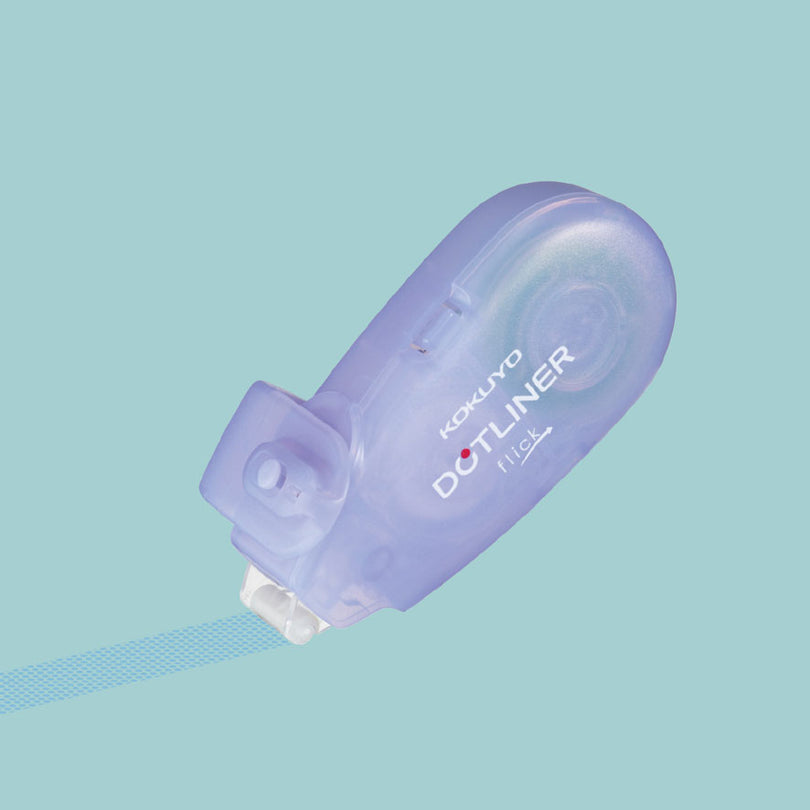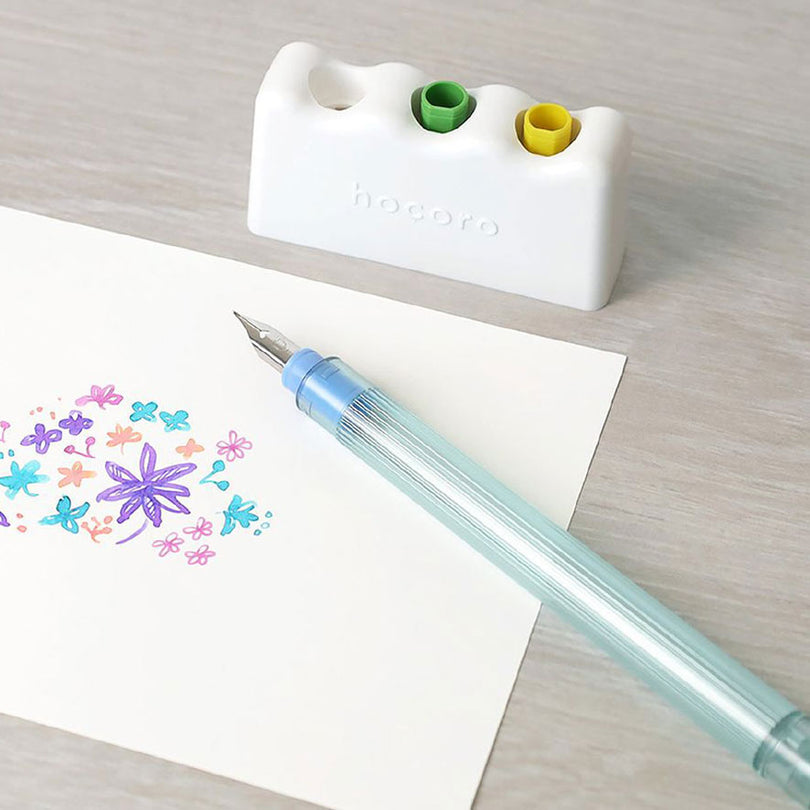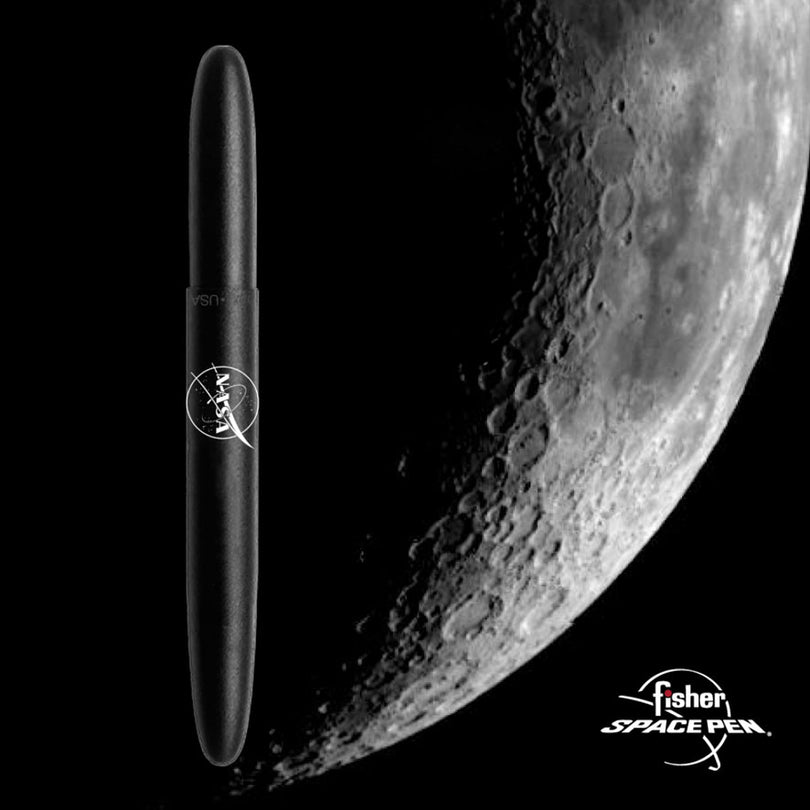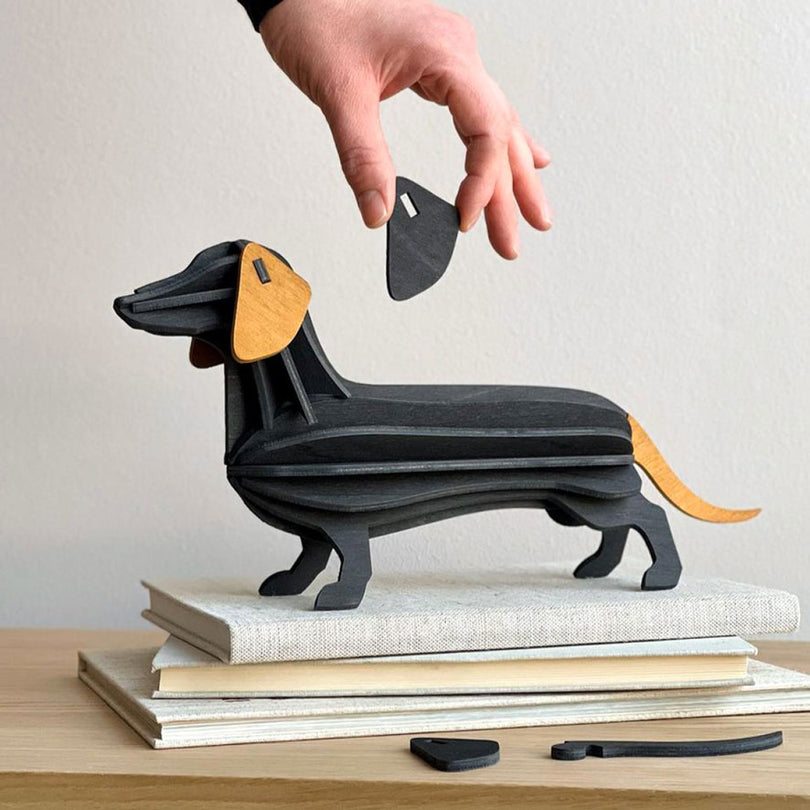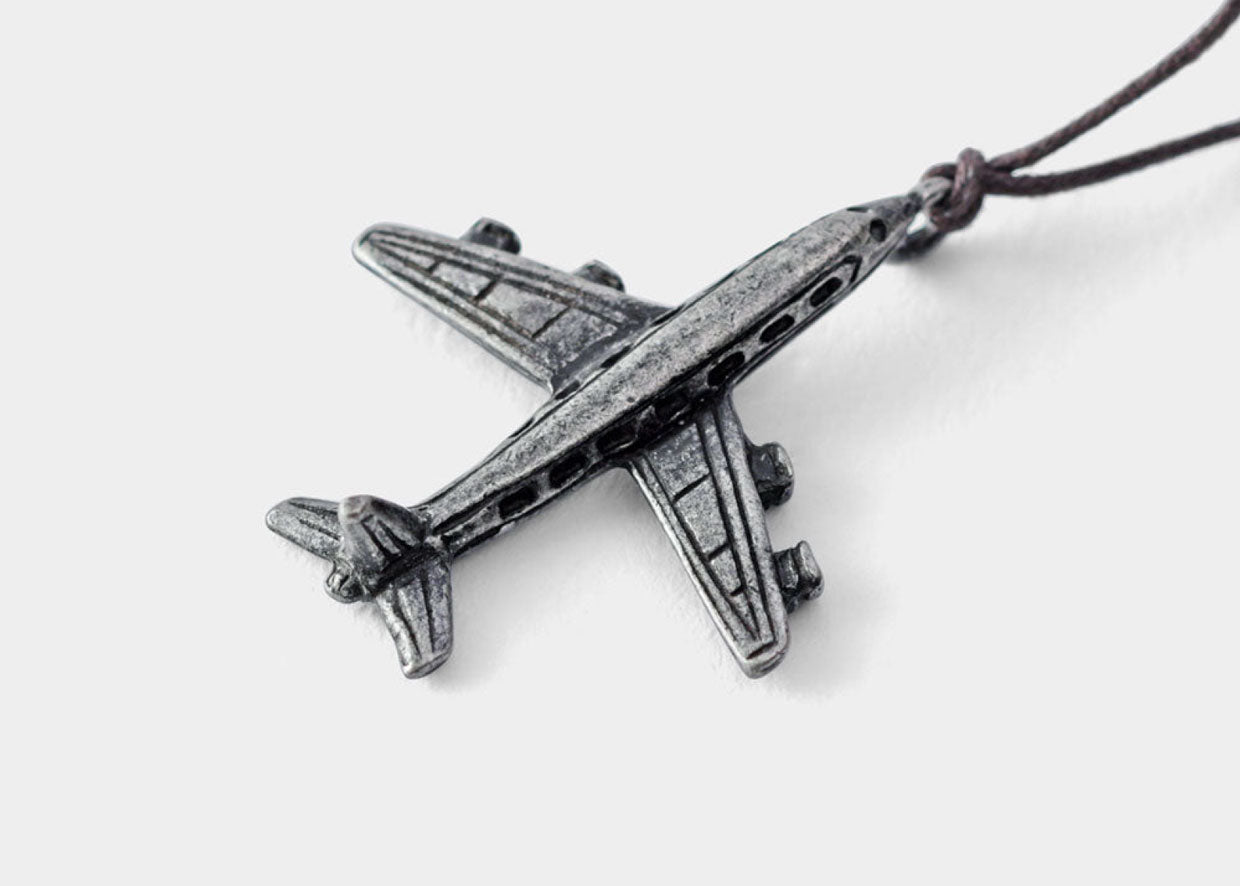Yes, you’re right.
Rollerball and ballpoint, taken literally, are describing exactly the same thing.
Each is a writing instrument that relies on a ball-bearing tip to deliver a consistent flow of ink, but does that mean if you can’t get a rollerball that a ballpoint will do just fine?
Maybe, maybe not.
So, What's the Difference Between Rollerball and Ballpoint Pens?
To put it simply, it’s all down to the ink.
A ballpoint will use an oil-based ink, typically drying quickly and avoiding smudging.
Where a fountain pen dare not tread, a ballpoint can venture confidently. A ballpoint is just as at home on a pad of Midori MD Paper as it is on the back of your hand. However, the viscosity of the ink will mean a ballpoint can perhaps get a bit tiring after a while.
That’s where the rollerball comes in.
In place of the viscous oil-based ink of a ballpoint, rollerballs use water or gel-based inks.
Almost a meeting point between the practicality of a ballpoint and the effortless flow of a fountain pen, a rollerball will flow smoothly and is typically far more saturated than a ballpoint.
It ain’t all good news, however.
As the ink is far more saturated and lubricated than a ballpoint, it has the tendency to smudge and as far as water-fastness? You can just about forget that.
The Ballpoint, A Short History
Though there had been patents for a ball-bearing reliant pen all the way back in the 1880’s, it wasn’t until Hungarian-Argentine László Bíró came along that the ball really got rolling.
After witnessing just how quickly the ink used in newspaper printing dried (and completely smudge-free at that), he knew the key to a successful ballpoint wasn’t introducing complicated piston-pressurised ink reservoirs, or capillary action or double-seal caps, but in changing the ink itself.
While the water-based ink of a fountain pen would just run borderline uncontrollably out of a ballpoint, an oil-based ink similar to newsprint ink suited the ball-bearing delivery system perfectly.
The resulting Bíró ballpoint didn’t smudge, didn’t smear, didn’t bleed, didn’t leak and even proved a formidable foe for accidental water spills.
It'd take a couple decades, but eventually the practicality of the ballpoint won out, slowly supplanting the fountain pen’s position as the dominant writing instrument on the market.
There is perhaps no greater example of the ballpoint’s pragmatic supremacy than the story of Paul C. Fisher and his “Space Pen”.
As the urban legend goes, NASA invested millions developing a ballpoint that could write in zero gravity, whilst the Soviets just used a pencil.
In truth, Paul C. Fisher paid for it all himself. Spending the equivalent of roughly $8.6 million, Fisher developed what he named “Thixotropic visco-elastic ink”. This ink could write faultlessly in temperatures ranging from -34 to 121 degrees Celsius. It could write underwater, upside-down and, funnily enough, in space.
He presented his prototype to NASA in 1965, and by 1968 they were in the hands of the astronauts of Apollo 7 floating in orbit. NASA spent what would be today about $25 a piece for those pens. And a little while later, the Soviets joined in too.
The Rollerball, A Shorter History
Yes, a ballpoint can write upside down.
Yes, a ballpoint can write in space. In extreme heat. In extreme cold. Underwater. On the back of your hand. On the worst paper you can possibly find.
But they’re sluggish.
Write with one long enough and your hand’s cramping up.
In 1964, Japanese ballpoint pen maker OHTO (the name is a corruption of the word “Auto” used for their original “Auto-Pencil” ballpoint) introduced their “Roller Pen” which relied on a water-based ink, finally filling the space between the smooth ease of a fountain pen’s flow with most of the practicality of a ballpoint.
OHTO’s Roller Pen may never stand a chance in the vacuum of space, but it allowed one to write for pages and pages and pages at a time without risk of strain, something previously only achieved by fountain pens.
Cut to the 80s, and another Japanese company Sakura Color Products would evolve the rollerball further, introducing a gel ink pens with the Ball-sign 280 and Gelly Roll rollerballs.
Gel ink allowed for a much wider spectrum of colours and vibrancy to match.
Hugely popular now, gel ink refills are spectacular for artists and folk with impossibly small handwriting, being available in tip sizes as small as 0.10mm and yet still capable of writing a solid, vivid line.
Fun fact!
A process called “thin-layer chromatography” can be used to trace the manufacturer and date of manufacture of most inks as manufacturers typically change their ink formulas slightly from year to year. This process has been used both for archival and scholarly purposes as well as criminal investigations!
Rollerball vs. Ballpoint - Which Is Right For You?
Well, like any choice, it really comes down to your final use-case. No one tool will be the perfect all-purpose solution. A Fisher Space Pen AG7 might be spectacular in the Lunar Module, but when writing Gravity’s Rainbow or War & Peace? Perhaps not.
At least with Bookbinders you don’t have to choose.
If you’re looking for high quality rollerball or ballpoint pens, you’re in the right place. We carry a wide range of classic ballpoints and smooth rollerballs to suit all your needs.
Questions? We’d love to hear from you, so don’t be shy! Contact us on Facebook, Instagram or via email at info@bookbindersdesign.com.au


